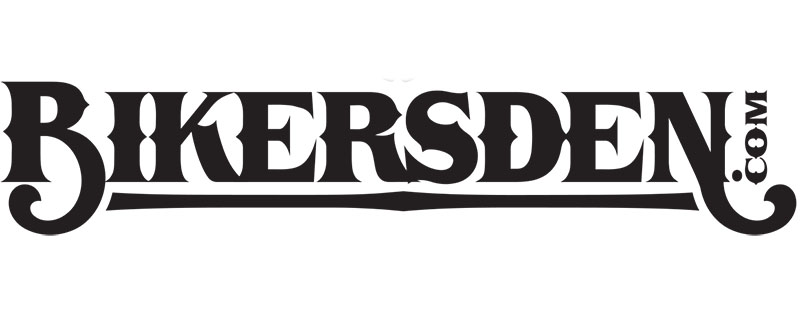Harley Davidson made its bones by exporting America. For decades, they’ve sold the idea of the freedom of the open road and the unforgettable sound of an angry V-twin.
To me, then, it’s more than a little ironic that so much of Harley Davidson’s plans depend on global expansion amid the current United States’ government various tariffs on steel and aluminum imports. Over the last few weeks, President Trump has ramped up a “buy American” platform and done a great deal of saber rattling towards countries that undercut American-made metals.
It has made life difficult for Harley – again.
We didn’t cover it here, but in January, despite all the crowing from Milwaukee about new engines and bikes, Harley quietly laid off 800 workers and closed the Kansas City plant while cutting shifts at three other plants. Since the first of the year, stock prices have fallen 13%.
I’ve said it for years – Harley Davidson, as a company, has long depended on one basic product and one specific consumer. Now that cheap materials may be hard to get – current estimates say that Harley will spend an extra 30 million this year as cheap imported steel supplies dry up.
Is it the end?
I doubt it – but it may be too little too late for a tired company to engage a new market and a new consumer.
Project Livewire, the electric bike, is still likely years away.
The VRSCA V-Rod flopped.
The H-D Street Series looks cheap but still carries a healthy sticker price.
No doubt, competition is fierce – but that’s always been the case in the motorcycle market. No matter what some of us think, in North America, a motorcycle is a luxury vehicle and far from practical.
Perhaps even more troubling: Fewer consumers are being drawn to Harley’s product line, said Jamie Katz, an analyst with Morningstar.
“You have more baby boomers leaving the market than new customers coming into the market,” he said, calling Harley’s goal of attracting 2 million new riders over the next decade “overly optimistic.” He added that “There’s a litany of headwinds that are working against the brand.”
The bottom line is that these tariffs actually work against Harley – it will cost more to produce American-made bikes to sell internationally than it will for importers like Honda, Yamaha, and even European companies to sell them globally.
What really ticks me off is that Harley steadfastly refuses to acknowledge their own mistakes and continues to act as though everything is just fine. Harley Chief Financial Officer John Olin attributed the decline to soft sales in China, India and other emerging markets, but refused to offer up any new strategies to keep the brand relevant – despite a dismal 2017 in those markets … precisely where Harley has been concentrating their marketing for several years!
The solution, to me at least, is simple and exactly the same as it was in the early eighties – look at what your “new” rider wants and what they are willing to pay and then, build that to a price point that the consumer can afford. The Baby Boomers that made HOG fat are dead or dying and Harley has known how old they are for decades – make a bike that new riders will be proud to own and can afford to own is the answer – just like it always is.
